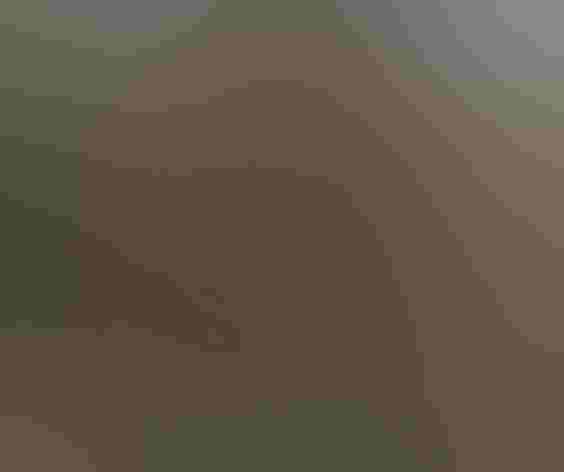Vermilion Flycatcher
At a Glance
Most flycatchers are drab, but the male Vermilion Flycatcher is a brilliant exception. It is usually seen perched fairly low in open areas near water, dipping the tail gently like a phoebe. As if the male's bright colors were not advertisement enough, he also displays by puffing up his feathers and fluttering high in the air while singing repeatedly. Fairly common in parts of the southwest, the Vermilion Flycatcher is also widespread in Central and South America.
All bird guide text and rangemaps adapted from by Kenn Kaufman© 1996, used by permission of Houghton Mifflin Harcourt Publishing Company. All rights reserved.
Category
Perching Birds, Tyrant Flycatchers
IUCN Status
Least Concern
Habitat
Arroyos and Canyons, Desert and Arid Habitats, Fields, Meadows, and Grasslands, Lakes, Ponds, and Rivers, Shrublands, Savannas, and Thickets
Region
California, Florida, Plains, Rocky Mountains, Southeast, Southwest, Texas
Behavior
Direct Flight, Hovering
Population
15.000.000
Range & Identification
Migration & Range Maps
Found all year in most parts of range, but some withdraw in winter from northern and higher-elevation areas. Every year, a few spend the winter well to the east along the Gulf Coast, and west to the California coast.
Description
6" (15 cm). Male's pattern unmistakable, with black back and wings, red crown and underparts (compare to Scarlet Tanager). Female and young mostly gray and white with faint streaks on chest, wash of pink or yellow on belly; note tail-dipping habit.
Size
About the size of a Robin, About the size of a Sparrow
Color
Black, Brown, Gray, Red, White
Wing Shape
Rounded
Tail Shape
Notched, Square-tipped
Songs and Calls
Call is peet-peet or peet-a-weet. Also has a soft, tinkling flight song.
Call Pattern
Flat, Rising
Call Type
Chirp/Chip, Hi, Trill, Whistle
Habitat
Streamsides in arid country, savanna, ranches. In some areas may be found in dry grassland or desert with scattered trees, but much more frequent near water: short trees along streams, edges of ponds. Winter strays in the southeast are in open clearings or brushy areas near water.
Sign up for ÃÛèÖAPP's newsletter to learn more about birds like the Vermilion Flycatcher
Behavior
Eggs
Usually 3, sometimes 2-4. Whitish with bold spots of brown, olive, lavender. Incubation is by the female (the male may rarely take a turn on the nest), 14-15 days.
Young
Both parents feed the young. Young fledge in 14-16 days, and male may tend the full-grown young while female begins second nest. 2 broods per year.
Feeding Behavior
Forages by watching for prey from exposed perch, then sallying out to capture flying insects in the air, also by hovering and dropping to the ground for small insects. If beehives are placed close to favored foraging sites, sometimes consumes many bees. Indigestible parts of insects are coughed up later as pellets.
Diet
Insects. Diet not known in detail, but apparently feeds entirely on insects, including beetles, flies, wasps, grasshoppers, and many others.
Nesting
Male performs flight-song display above territory: fluffing out body and head feathers and rising high in air (up to 50' or more) in peculiar fluttering flight while singing rapidly and repeatedly, then swooping back down to perch. Nest: Female builds nest in horizontal fork of tree, usually 6-20' above ground, rarely up to 50' or more. Nest is a compact cup of twigs, grass, weeds, often held together with spider webs and decorated with lichens. Nest lining is of finer plant materials, hair, and feathers.
Conservation
Conservation Status
Surveys have shown recent declines in the Texas breeding population.
Climate Threats Facing the Vermilion Flycatcher
Choose a temperature scenario below to see which threats will affect this species as warming increases. The same ÃÛèÖAPP change-driven threats that put birds at risk will affect other wildlife and people, too.













